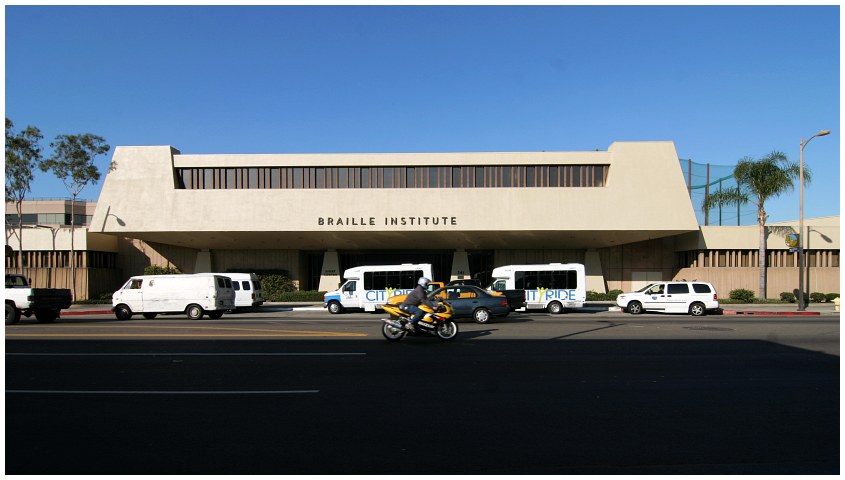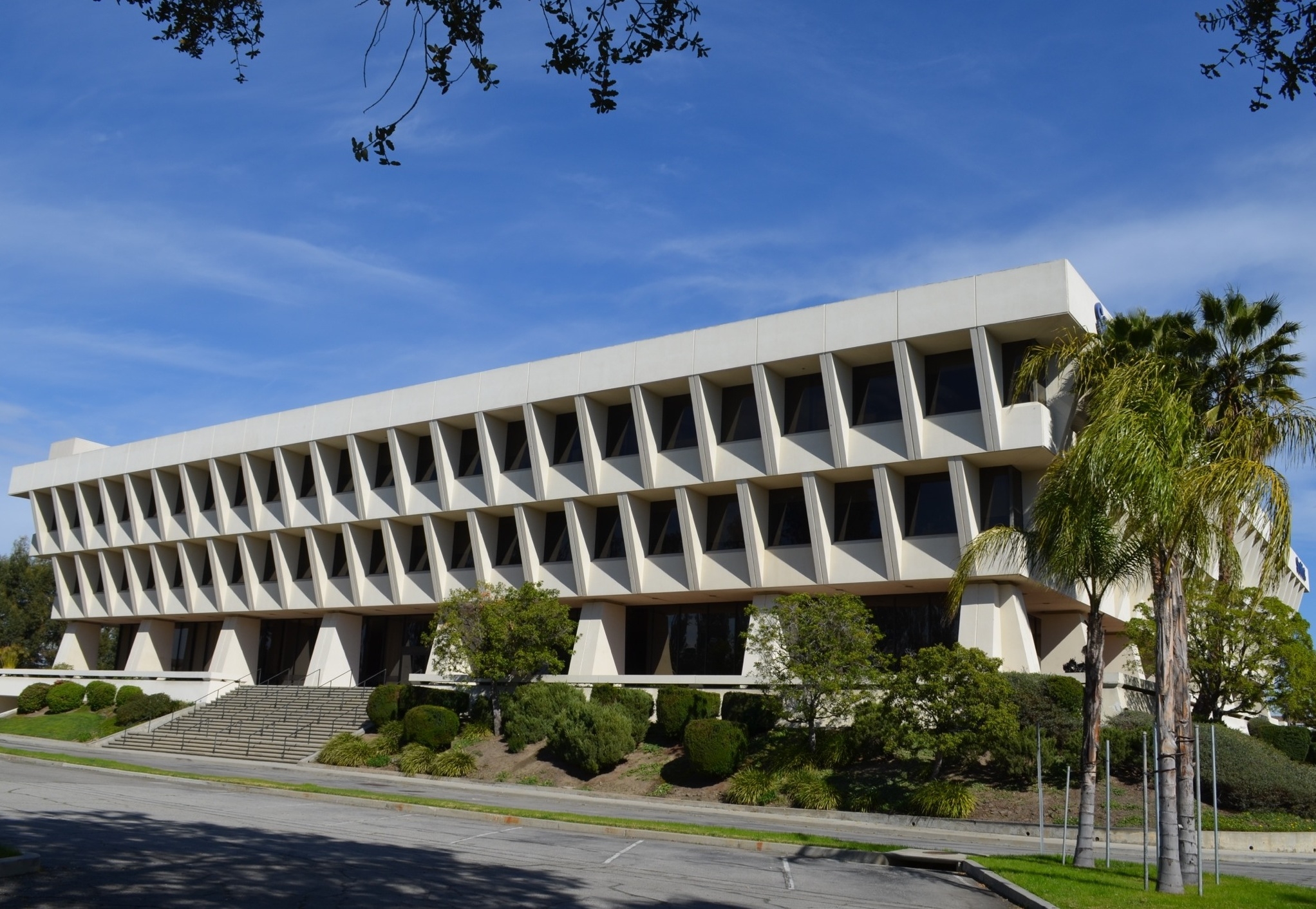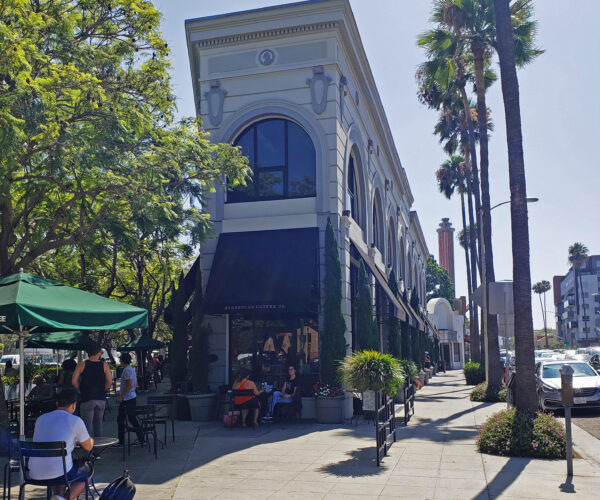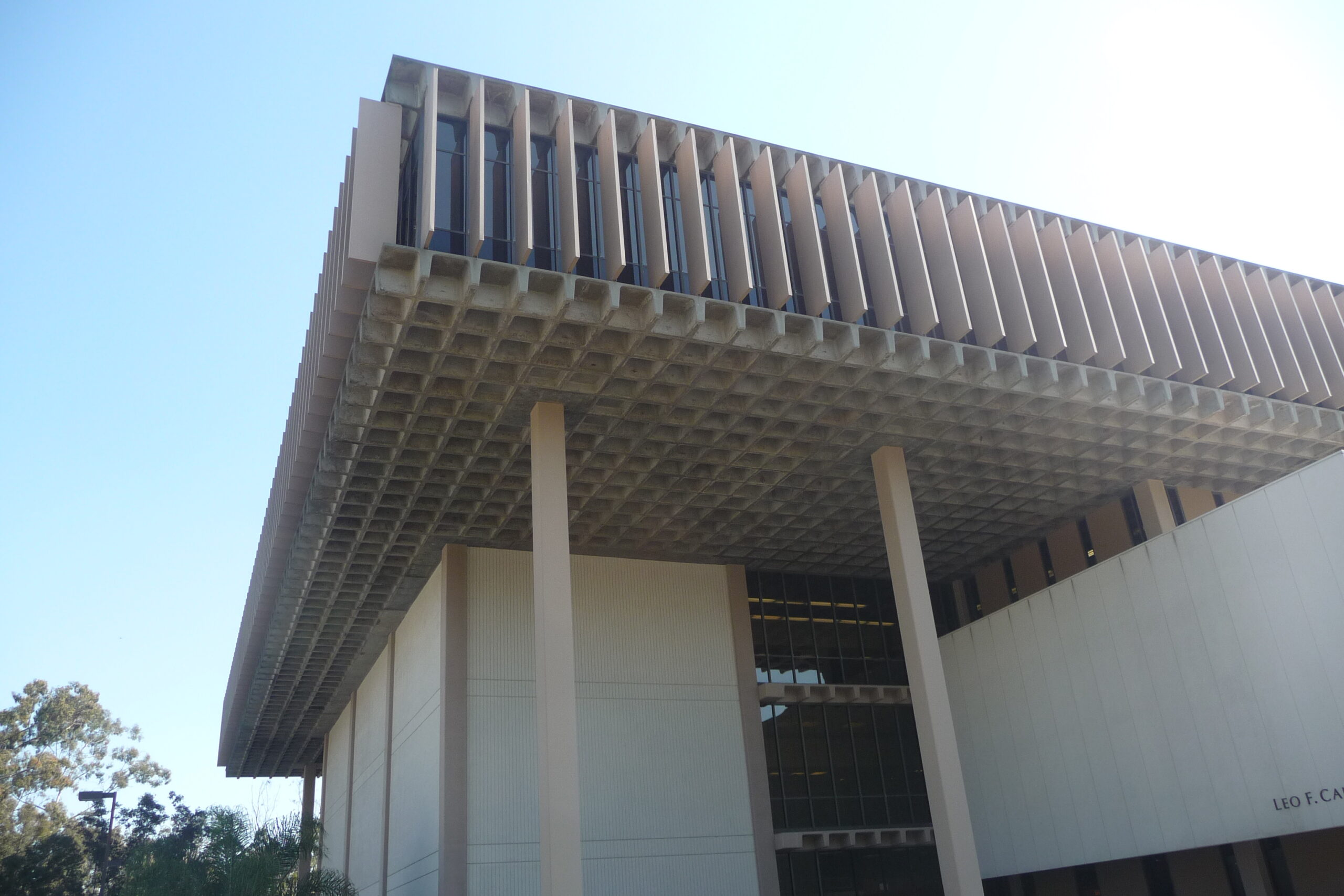
Place
Braille Institute of America
To address the unique challenge of designing a building for people who would experience a building without ever seeing it, architects Yohannan and Miranda began their process by wearing blindfolds for two weeks.
Place Details
Address
Get directions
Architect
Year
Style
Community
The Braille Institute was founded by J. Robert Atkinson in 1919 and moved to its Vermont Avenue location in 1939. As the Institute's mission evolved and new facilities were needed, a large state-of-the-art facility soon became necessary. The current building, designed by William Pereira & Associates, opened in 1974.
How do architects design a building to be experienced through touch, sound, and smell instead of by sight? Arthur Yohannan and Sergio Miranda, architects in the office of William Pereira & Associates, began the design for the headquarters of the Braille Institute of America by wearing blindfolds for two weeks. The resulting building addresses the unique challenge of designing a building for people who would experience a building without ever seeing it.
The two-story, Brutalist building is made of poured concrete in block-like forms. Projecting over the first story, the second story hovers like a giant, monolithic slab with battered corners. Continuous bands of windows span the building’s façades, breaking up the heaviness of the Brutalist design.
Different users require different types of architecture.
Yohannan and Miranda needed to design a building that balanced “safety of movement” with accommodations that did not serve as a crutch.
The building had steep stairs and no elevator. They used bright colors as guides throughout the interior (only 10% of the visually handicapped are completely blind). Doors for students to use were painted colors that highly contrasted with the walls, while doors that students were not supposed to use were painted to blend into the walls. At the building’s nucleus is a daylight-filled central court with a twenty-foot mosaic depicting the phases of adjustment to blindness from depression to hope and fulfillment. The medium of mosaic was chosen for its texture, as an art form that can be experienced through touch as well as sight. The mosaic was made by Hanns Scharff, former interrogator for the Luftwaffe who became a noted California mosaicist.


